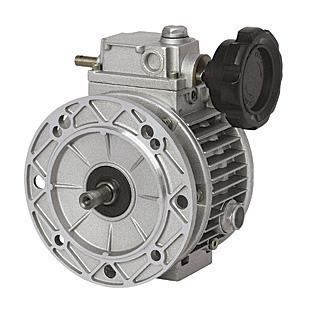What Are Variable Speed Drives?
Variable speed drives, which are sometimes referred to as variable frequency drives, regulate an electric motor’s torque output (speed and rotational force). These drives significantly increase an electric motor’s efficiency by controlling the power fed into the machine based on the current demand or work required. As a result, the motor is not driven at full capacity except when needed, which significantly increases energy savings and prolongs the motor’s life.
Why Variable Speed Drives were Invented
In today’s corporate and industrial environments, millions of motors are used for tasks such as operating fans, conveyor belts, ventilation systems, irrigation pumps, and sewage systems. It is estimated that motors consume more than two thirds of industrial energy. Mechanical means regulate most of these motors. However, some motors are simply turned on or off, which results in significant energy loss as the motor runs at full speed when not required. Variable speed drives change as motors are run at the capacity required to complete the work, resulting in significant energy savings. Less than 10% of the motors in use throughout the world today use variable speed drives.
Types of Variable Speed Drives
There are many variable speed or frequency drives throughout industry. Most drives aid motors that use alternating current to achieve multiple operation speeds.
AC Variable Speed Drive – Also known as an AC Variable Frequency Drive (VFD), this drive is the most prevalent. It controls motors that use alternating current.
DC Variable Speed Drive – This drive controls a shunt Direct Current (DC) motor, which has separate shunt and armature circuits.
Pulse Width Modulated Frequency Drive (PWM) – This is the most complex of the variable speed drives, but the most efficient as it uses transistors. These transistors switch the DC at different frequencies, thereby delivering voltage pulses to the motor.
Flux Vector Pulse Width Variable Speed Drive – This is one of the newer types of drives. It uses a control system similar to those used in a DC motor and has a microprocessor that regulates motor operation.
Variable Voltage Input Speed Drive (VVI) – Also known as a VVI frequency drive. These drives are the most basic of the variable speed drives and use an output switching device that creates a new sine wave for the motor’s voltage by inputting a sequence of square waves at varying voltages.
Current Source Input Variable Speed Drive (CSI) – These drives are closely related to the VVI drives, but they force a square wave of current instead of voltage and require a large inverter in order to maintain a stable current.


Comments - No Responses to “What Are Variable Speed Drives?”
Sorry but comments are closed at this time.